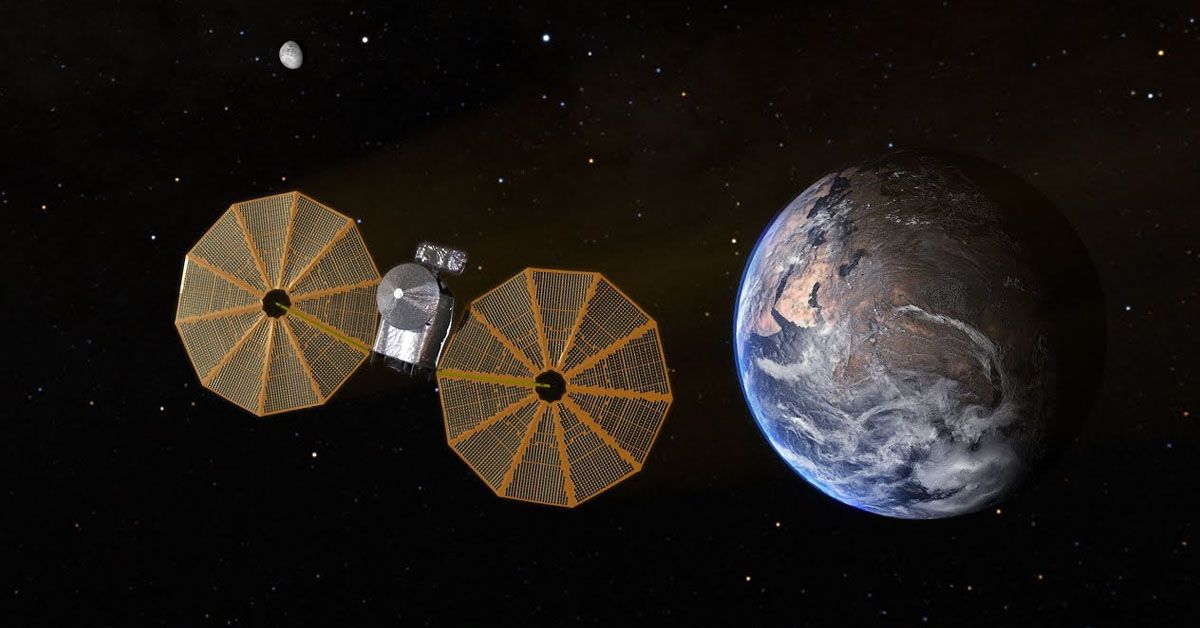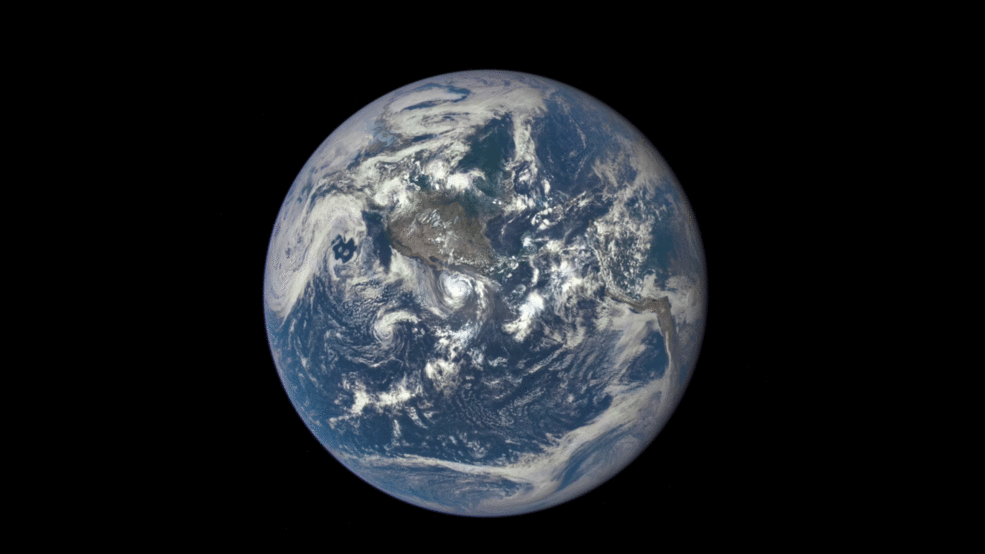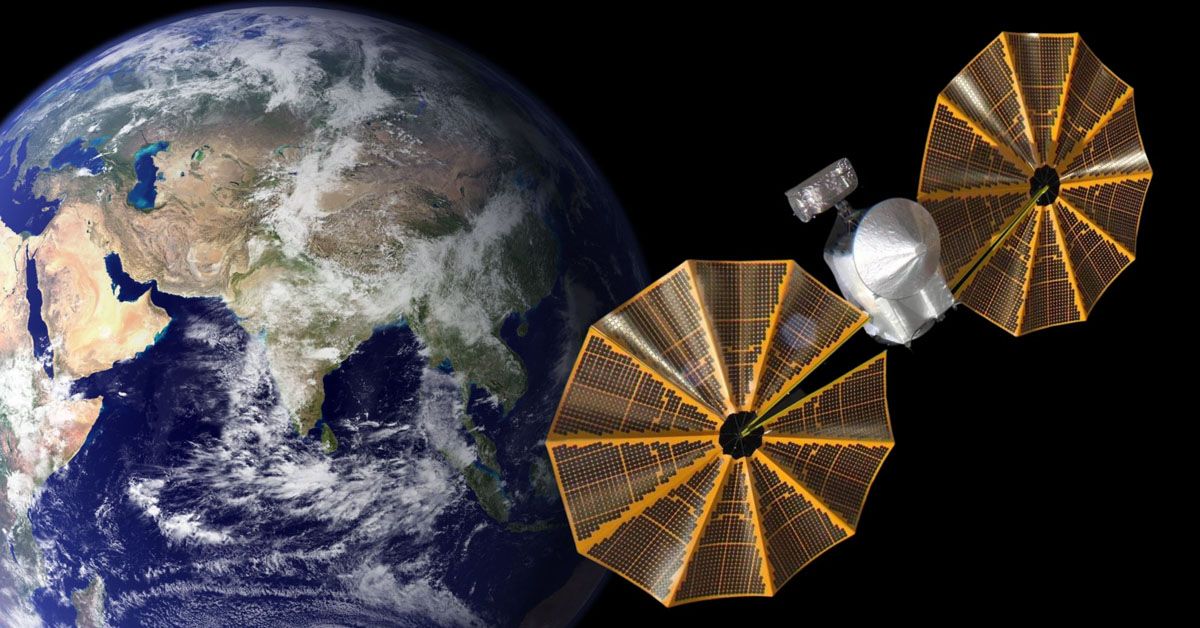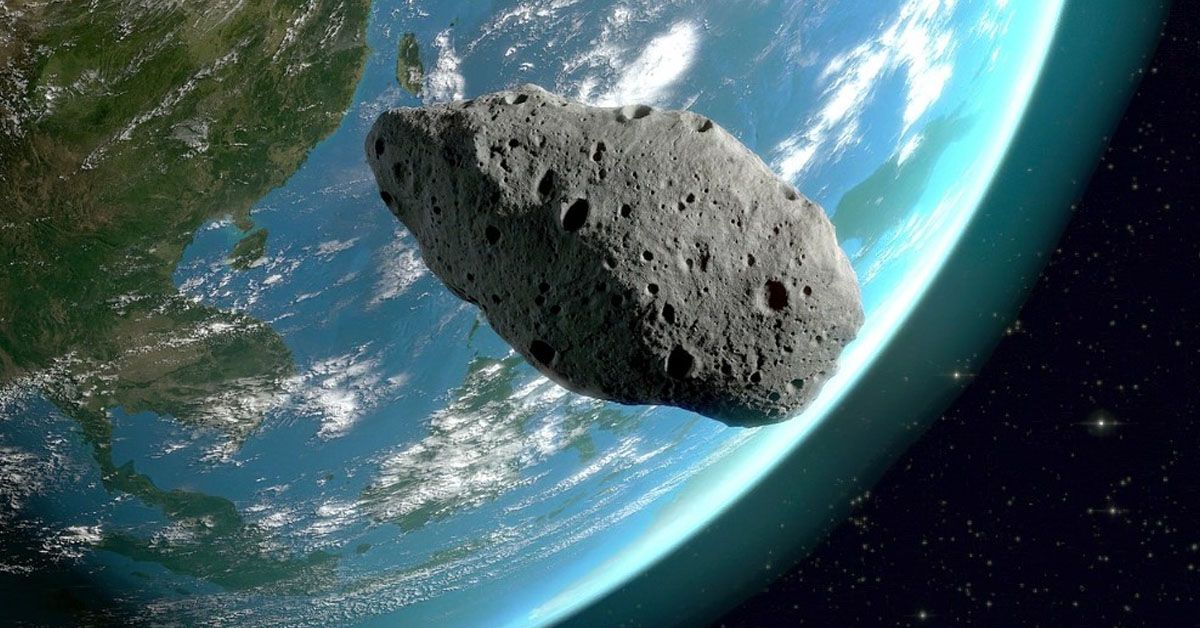In the infinite black expanse of the universe, we often marvel at the celestial bodies that share our solar system. But what if I told you that our very own Earth has a silent companion in its journey around the Sun? A companion that has been with us since 100 BC, maintaining a faithful orbit parallel to our own.
This silent voyager is not another moon, but an asteroid referred to as 2023 FW13. As curious as it may sound, astronomers have only recently spotted this 'quasi-moon' or 'fake moon', sparking intrigue and wonder about our own cosmic neighborhood.
But what exactly is a quasi-moon?
How does it differ from the moon we are familiar with?
What is a Quasi-Moon?
Imagine the Earth and its satellites as dancers in the cosmic ballet, each following its own path yet remaining in perfect sync with the others.
True satellites, like our moon, stay within Earth's gravitational hold, called the Hill sphere, much like a dance partner staying within arm's length. They trace a circular or elliptical path around the Earth, under the influence of our planet's gravitational pull.
Quasi-satellites, on the other hand, play a different role in this cosmic dance. Instead of being gravitationally bound to Earth, they orbit the Sun like Earth.

Their orbital period around the Sun matches that of Earth, resulting in a dance that seems coordinated but is, in fact, independent.
From Earth's perspective, these quasi-satellites appear to loop around our planet, but they are not tethered to us. They exist outside of Earth's Hill sphere, thus maintaining a relative position with the Earth as they orbit the Sun.
You might be wondering: What are the asteroids doing in these quasi-satellite orbits?
Asteroids, these space rocks that wander through our solar system, sometimes find themselves in orbits similar to our planet's. When this happens, they take on the role of a quasi-satellite.

2023 FW13 is one such example, an asteroid that has found itself in a stable 1:1 orbital resonance with Earth.
Unlike true satellites, which remain relatively close to their host planet, asteroids in quasi-satellite orbits can be located at significant distances.
The Unique Path of 2023 FW13
Like a cosmic chameleon, asteroid 2023 FW13 has been silently tailing Earth in its voyage around the Sun, perfectly mirroring our planet's speed and path. It orbits the Sun just as Earth does, maintaining a pattern that gives the impression of it trailing our planet.
This resemblance led initial observers to think it was another moon of Earth. However, subsequent studies clarified that 2023 FW13 is not gravitationally bound to Earth, but instead, shares a similar solar orbit.
Meet newly-discovered asteroid 2023 FW13. @AdrienCoffinet noticed it is a quasi-satellite of Earth.
— Tony Dunn (@tony873004) April 4, 2023
Astronomer, Sam Deen, located precovery images which help confirm the 1:1 resonance with Earth. This is the same type of orbit as Kamoʻoalewa (2016 HO3). https://t.co/c9EnXVooXY pic.twitter.com/BY2GEOPGzL
This orbital resemblance to Earth's path gives 2023 FW13 the title of a 'quasi-moon'. However, it is important to remember that despite this similar path, the movement of this asteroid is independent of our planet. As scientist Alan Harris clarified, Earth has no influence on 2023 FW13's motion.
The Long History of Earth and 2023 FW13's Synchronized Dance
The remarkable aspect of this relationship between Earth and the 2023 FW13 is its longevity. Astronomers estimate that this asteroid has been following Earth around the Sun since 100 BC, making it a faithful cosmic companion for over two millennia.
And the dance isn't over yet. It's predicted that 2023 FW13 will continue this synchronized orbital ballet with Earth for another 1,500 years, making it the most stable quasi-moon found so far.
This long-standing relationship between Earth and 2023 FW13 provides a unique opportunity for astronomers to study the intriguing dynamics of quasi-moons and their influence on the celestial environment.
Asteroid 2023 FW13 is not alone in its category. The history of Earth's relationship with space rocks reveals several instances of such quasi-moons. In 2016, another extra moon was discovered, known as 469219 Kamo'oalewa.
However, the 2023 FW13, with its longevity and stability, stands out from its peers, giving astronomers a new perspective on the existence of other similar objects trailing Earth.
Our Moon vs. Its Pseudo-Sibling 2023 FW13
When we gaze at the night sky, the most prominent object we see is the Moon, our trusty natural satellite. It's large, measuring 2,159 miles in diameter.
In stark contrast, the 2023 FW13 is a mere 20 meters long, similar in size to a semi-truck. To put it simply, the Moon is colossal compared to the 2023 FW13!
Distance also sets these two celestial bodies apart. The Moon is approximately 238,855 miles away from us, a distance vast yet close enough to influence our tides and light up our night sky.

2023 FW13, on the other hand, at its closest point, is about 9 million miles away from Earth, which is nearly 38 times the distance to the Moon.
Despite the differences in size and distance, both the Moon and 2023 FW13 hold unique significance. Our Moon plays a vital role in life on Earth, influencing everything from tides to climate.
2023 FW13, though much smaller and farther away, holds immense potential for future space exploration missions, acting as a stepping stone to understanding our cosmic environment better.
How Safe Are We from 2023 FW13?
Talk of asteroids can often lead to discussions about their potential risk to Earth. After all, our planet's history with celestial impacts, such as the one that led to the extinction of dinosaurs, is well-documented. So, how much should we worry about 2023 FW13 colliding with Earth?
Let's put your fears to rest. The experts have weighed in, and they assure us there's minimal risk of 2023 FW13 colliding with our planet. This asteroid, though following a similar path to ours around the Sun, maintains a respectful distance.

Even at its closest approach, it's about 9 million miles away from us. That's far enough to not cause any imminent danger to our blue-green home.
2023 FW13: A Stepping Stone for Future Space Missions?
While 2023 FW13 poses no significant threat to Earth, it does present some fascinating opportunities.
Imagine an asteroid, accessible enough and on a stable, predictable path. Doesn't it sound like the perfect stepping stone for space exploration?
Indeed, 2023 FW13 could become a valuable asset for future missions. Imagine sending a spacecraft to this asteroid for close observation or even using it as a pit stop for missions venturing further into the solar system.

It could offer valuable insights into the history and composition of asteroids and help refine the technologies and techniques needed for asteroid mining, a promising field for future resource acquisition.
Source: physics.uwo.ca / weather.com / businessinsider.com













